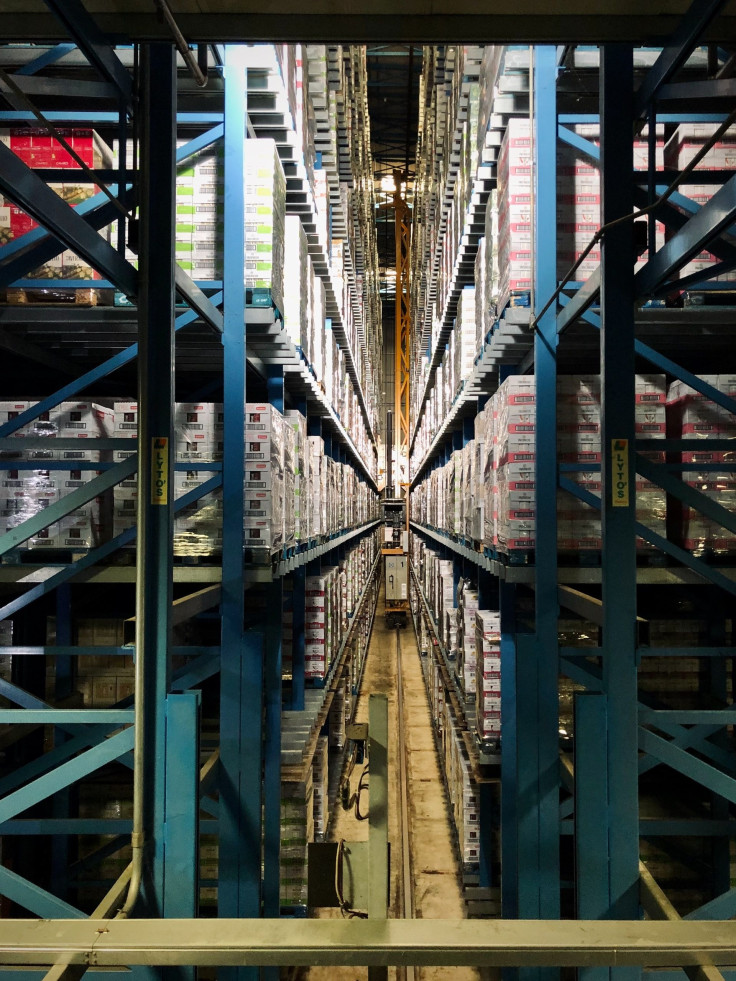Will Technology Replace Most Workers?

As automation technologies like machine learning and robotics are increasingly becoming the norm in our society, it plays a significant role in our everyday lives. The potential effect of technology on the workplace has now become a major focus of public concern. Technology has opened companies' eyes to a better way of doing things, shortening a long process and an efficient way or means of doing things better. Technology has also helped companies to reduce costs and increase their profit while providing a better service.
Will Technology Replace Most Workers?
Many people are becoming increasingly worried about the future of technology and that it might replace their workplace duties, thereby leading to a significant loss of jobs. Automation using technology will indeed eliminate a few occupations in the next decade. It will also affect some jobs to a greater or lesser degree, depending on the work type. Nowadays, computerized equipment like robots that have been programmed to act like humans has gradually been adopted in big factories. Factory floors deploy robots that are driven by machine algorithms to work alongside humans to improve their productivity.

For example, Amazon currently has more than 100,000 robots in its warehouses to efficiently move things around, increasing Amazon's warehouse workforce. The human does the picking and packing of goods, while the robots move orders around the warehouse. This action has helped to reduce the walking required of workers making them more efficient and less stressed. The example described above shows a closed working environment, where machines are kept away from the public. But human-machine partnerships are still more than this.
Recently a French company partnered with the Deutsche Post to design and produce a PostBot. This is an electric-powered robot that will carry up to 330 pounds of packages throughout the city by using artificial intelligence to follow its mail carrier's legs through the delivery route, and it will be able to navigate through obstacles in any weather condition. But this is still in the public testing phase. The PostBot, just like the Amazon warehouse robot, is designed to take the stress off human postal workers that generally have to walk several miles moving through the dense urban settings. And they also have to carry lots of heavy mail and packages. Delivering mail in the future will be like a stroll through the park while the PostBot will do the heavy lifting and moving of the mail and packages.
From the examples above, you will discover that machines or technology cannot replace humans. There will always be a place for humans to function, as well. Interestingly, the examples above are that the machines are helping to automate the process, thereby making it easier, faster, and most importantly, less expensive for companies that employ them.
According to the recent interview granted by Dave Clark, a top executive in charge of operations at Amazon to the New York Times said, "it's a myth that automation destroys net job growth." The increase in productivity has, in most cases, created more consumer demand and has created more jobs.
This means that for every job taken over by machines, it will create another opportunity for jobs to be done by humans. Most human jobs will be of the creative type, while others may require humans to use their superhuman reasoning skills. In most cases, humans and machines will always work in a symbiotic relationship helping each other function optimally.
Final Verdict
Companies worldwide are constantly seeking ways to improve their productivity and quality of service at a low cost. This is what machines and technology bring to the table of entrepreneurs. Although the introduction and use of machines pose a threat to humans' jobs, the machine and humans will always work together now and in the future.
© Copyright IBTimes 2024. All rights reserved.





















